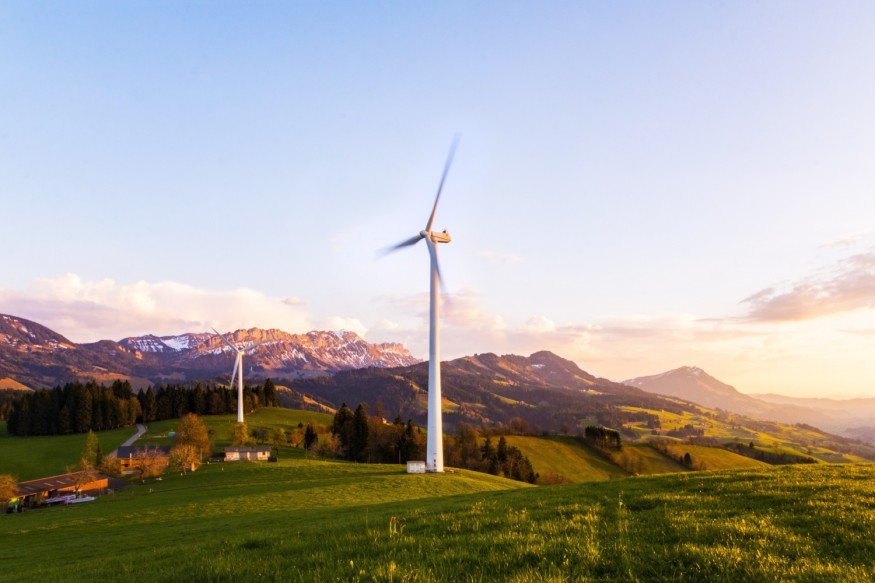We are now seeing what could so far be the most ambitious proposed solar power project in Australia and the world on renewable energy. Resources are available for this kind of energy, but they are usually located away from centers of population.
Remote locations
For instance, in the US, the greatest wind resources are in the panhandles of Oklahoma and Texas and the sparingly populated region of the central Midwest. The best solar resources in the world are also in less populated regions of deserts.
The National Renewable Energy Lab or US NREL said that the deployment of large-scale renewable electric power will need more transmission lines that will compensate for regional constraints.
There is a lot of interest in connecting rich renewable resources with the denser population centers, except that they are too expensive. Such projects usually cost many billions of dollars, with the additional challenge of getting the nod of landowners and regulators.

READ: Zero-Carbon Green Hydrogen is a Renewable Energy Seen to Complement Wind and Solar Power
The biggest project
Currently, probably the most ambitious of these projects is the Aus-ASEAN Power Link, which is a proposed project that combines the largest solar power farm in the world, its largest battery, and the longest electric cable under the sea.
Singapore's Sun Cable is involved in the 16 billion-dollar project. The solar farm with the 10-gigawatt (or GW) capacity will take up 30,000 acres in the Northern Territory of Australia. This is equal to nine million solar PV or photovoltaic rooftop panels. This farm will be paired with a battery facility with a capacity of 30 GWh (or gigawatt-hour), which will allow for a 24/7 renewable power supply.
Such a storage facility is 155 times bigger than the 193.5 MWh (or megawatt-hour) Hornsdale Power Reserve, which is the biggest lithium-ion operational battery in the world.
The proposed project will be a hundred times bigger than the largest utility battery in the world, which is currently the sodium-sulfur 300 MWh battery in the Buzen Substation in Japan.
HVDC transmission line
Another major endeavor is the electric cable, which will be an HVDC or high voltage direct current. Their project is currently projecting an overhead line running for 800 kilometers which will transmit 3GWs to Darwin at the Northern Territory's north coast.
It will then go to a 2.2-GW, 3,700-kilometer undersea line towards Singapore. This will be longer by a factor of five than the longest HVDC undersea cable in the world, which is the North Sea Link from Norway to Britain, which runs for 720 kilometers and which will be online by 2021.
Project timeline
The new project is set to be online before 2028. Its developers are expecting that it will create a maximum of 1,500 jobs in construction and 350 jobs for operations.
The challenges are significant and have risks. The project will do it into three categories, which increases the probability of failure significantly.
The challenges
One such problem is the need to put the cables in deep trenches, along with their staggering total length. Another is the system's lifetime, with significant power degradation after its optimal life.
There are also losses in power, which, when transmitted over vast distances, will cause significant loss from heat. Siemens has estimated the loss in this project to be around 14.6%, depending on various factors.
These and other concerns, such as financing costs, must be addressed to ensure the success of this solar power project on renewable energy in Australia.
READ NEXT: Renewable Energy Provides Lower Carbon Emissions Compared To Nuclear Energy
Check out for more news and information on Climate Change on Nature World News.
© 2025 NatureWorldNews.com All rights reserved. Do not reproduce without permission.





